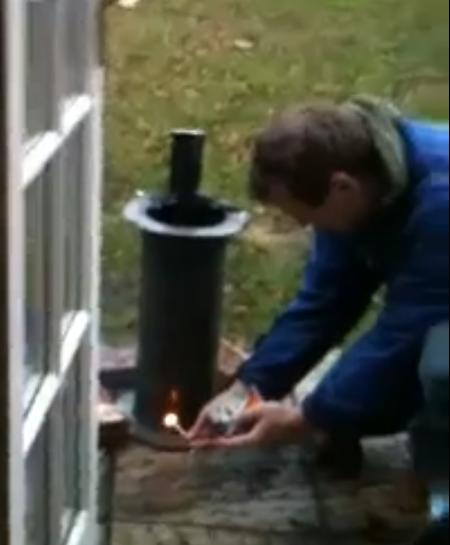Dec . 04, 2024 10:27 Back to list
Hot Water Supply Solutions Using PPR Pipe for Industrial Applications
Understanding PPR Pipes for Hot Water Supply in Factories
PPR (Polypropylene Random Copolymer) pipes have gained widespread recognition in the industrial sector, particularly in applications involving hot water supply systems. As factories strive to enhance efficiency, minimize maintenance costs, and ensure safety, the selection of appropriate piping materials becomes paramount. This article delves into the advantages of PPR pipes specifically for hot water supply in industrial settings, their characteristics, installation considerations, and long-term benefits.
Characteristics of PPR Pipes
PPR pipes are manufactured from high-quality polypropylene, which offers several beneficial properties. One of the most critical attributes of PPR pipes is their excellent thermal resistance. They can withstand temperatures of up to 90°C (194°F), making them suitable for transporting hot water efficiently without risk of deformation or failure. Moreover, PPR pipes do not corrode, ensuring longevity and reliability in industrial applications.
Additionally, PPR pipes are lightweight and easy to handle, which simplifies transportation and installation processes. Their smooth internal surface reduces friction, thereby minimizing pressure drops and energy losses during fluid transport. Another significant advantage is their jointing method; PPR pipes are typically connected using heat fusion techniques, resulting in robust, leak-proof joints that further enhance system integrity.
Benefits of Using PPR Pipes for Hot Water Supply
1. Durability and Longevity PPR pipes have a long operational life, often exceeding 50 years when installed correctly. Their resistance to chemical corrosion and physical wear makes them ideal for harsh industrial environments.
2. Cost-Effectiveness While the initial investment for PPR piping may be higher compared to traditional materials, the overall lifecycle costs are often lower. The reduced need for repairs and maintenance, combined with energy efficiency, translates into significant long-term savings.
3. Health and Safety One of the critical concerns in factories is the health risks associated with piping materials. PPR pipes are non-toxic and free from harmful substances such as heavy metals, ensuring that the water transported remains safe for workers and compliant with health regulations.
4. Environmental Impact With the growing emphasis on sustainability, PPR pipes stand out as an environmentally friendly option. They are 100% recyclable, and their energy-efficient manufacturing processes consume less energy compared to alternatives.
ppr pipe for hot water supply factories

Installation Considerations
Proper installation is crucial for maximizing the benefits of PPR pipes in hot water systems. Users should ensure that the installation complies with local regulations and best practices. Several factors come into play during installation
- Correct Sizing It's essential to choose the right diameter of pipes based on the expected flow rates and pressures within the system. Oversized or undersized pipes can lead to inefficiencies.
- Thermal Expansion PPR pipes can expand and contract with temperature fluctuations. Adequate supports and expansion joints should be included in the design to accommodate these changes, preventing potential stress and damage.
- Professional Installation While PPR pipes can be installed by skilled personnel, using specialized trained professionals is advisable to ensure that the fusing processes are done correctly. Improper fusion can lead to weak joints and future leaks.
Conclusion
PPR pipes present a compelling choice for hot water supply systems in factories, combining durability, cost-effectiveness, and environmental benefits. Their ability to withstand high temperatures and resist corrosion makes them ideal for demanding industrial environments. As factories continue to advance towards greater efficiency and safety, incorporating PPR pipe solutions into hot water supply systems can significantly enhance operational performance.
In an ever-changing industrial landscape, making the right decision concerning materials is vital. Businesses that invest in PPR piping architectures for their hot water supply will not only benefit from their immediate advantages but also contribute positively to their overall sustainability goals and workplace safety. As more industries turn to innovative solutions like PPR, the future of industrial piping looks bright and efficient.
By understanding the unique benefits and characteristics of PPR pipes, factory managers and engineers can make informed decisions that align with their operational needs and long-term objectives.
-
Durable UPVC Column Pipes for Submersible Pumps | Efficient Water Flow
NewsAug.14,2025
-
DN100 PVC Well Casing Pipes - Durable & Corrosion-Resistant
NewsAug.13,2025
-
Flexible 32mm HDPE Pipes in Coil | Durable Water & Gas Lines
NewsAug.12,2025
-
DN50 HDPE Pipes in Coils: Flexible, Durable & Easy Install
NewsAug.11,2025
-
32mm HDPE Pipes in Coil: Durable, Flexible, Easy Install
NewsAug.10,2025
-
140mm PVC Drilling Pipe: Durable & Efficient Well Casings
NewsAug.09,2025

